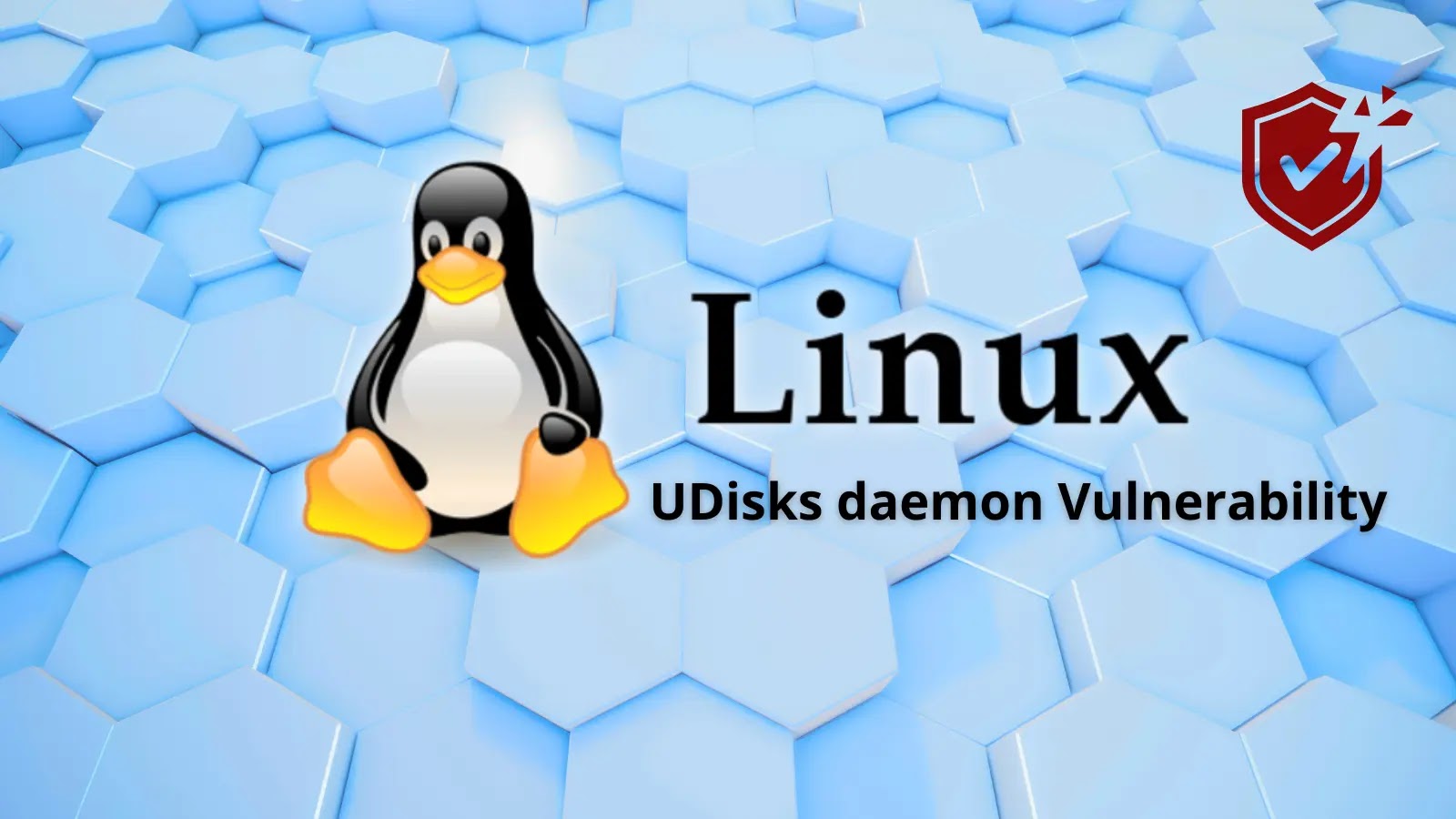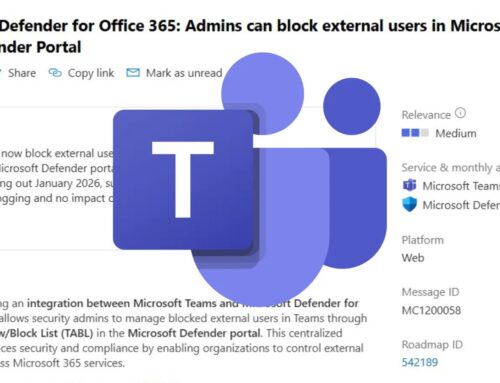
Linux UDisks Daemon Vulnerability Let Attackers Gaining Access to Files Owned by Privileged Users
A Critical Flaw in Linux UDisks Daemon Exposes Privileged Files
A significant security vulnerability has been identified within the Linux UDisks daemon, a fundamental component responsible for managing storage devices. This flaw, tracked as CVE-2025-8067, poses a serious risk, potentially allowing unprivileged attackers to gain unauthorized access to sensitive files owned by privileged users. Officially disclosed on August 28, 2025, this vulnerability carries an “Important” severity rating with a CVSS v3 score of 8.5, underscoring its potential impact on system integrity and data confidentiality.
Understanding the UDisks Daemon and Its Role
The UDisks daemon (udisksd) serves as a system service on Linux that provides an interface for interacting with storage devices. It handles a wide range of tasks, including mounting and unmounting filesystems, managing partitions, and querying device information. Given its critical role in disk management, the UDisks daemon often operates with elevated privileges, making any vulnerability within it a serious concern. Attackers exploiting such a flaw could leverage the daemon’s permissions to bypass standard access controls.
Dissecting CVE-2025-8067: The Vulnerability Details
The core of CVE-2025-8067 lies in a privilege escalation pathway within the UDisks daemon. While the precise technical details of the exploitation method are not fully public at the time of writing, the vulnerability description indicates that an unprivileged user can manipulate the daemon’s operations to illicitly read or modify files that demand higher permissions. This could involve crafted requests or specific sequences of operations that trick the UDisks daemon into performing actions on behalf of the attacker, effectively granting them access to data that should be protected by the operating system’s security boundaries.
- Affected Component: Linux UDisks Daemon (
udisksd) - CVE Identifier: CVE-2025-8067
- Disclosure Date: August 28, 2025
- Severity: Important
- CVSS v3 Score: 8.5 (High)
- Impact: Unauthorized access to files owned by privileged users, potential data exfiltration, and compromise of system integrity.
Potential Impact and Attack Scenarios
The implications of this UDisks daemon vulnerability are significant. An attacker who successfully exploits CVE-2025-8067 could potentially:
- Access Sensitive Configuration Files: Gain read access to critical system configuration files (e.g.,
/etc/shadow, SSH keys, network configurations) that contain credentials or sensitive system information. - Exfiltrate Data: Read and exfiltrate proprietary data or intellectual property stored in directories accessible only by administrative users or specific service accounts.
- Escalate Privileges: Leverage the ability to read privileged files to discover further vulnerabilities or misconfigurations that could lead to full root access.
- Disrupt System Operation: Although primarily a data access vulnerability, the ability to read certain files could theoretically be a precursor to disruptive actions if the attacker gains understanding of system weaknesses.
This vulnerability is particularly concerning in multi-user environments or systems where unprivileged user accounts exist, as it provides a pathway for local privilege escalation.
Remediation Actions and Mitigation Strategies
Given the severity of CVE-2025-8067, immediate action is required to secure affected Linux systems. The following steps are crucial:
- Apply Patches Immediately: Monitor official distributions’ security advisories and promptly apply any available patches or updates that address the UDisks daemon vulnerability. This is the primary and most effective remediation. Distros such as Debian, Ubuntu, Fedora, and others will release specific updates.
- Minimize Unprivileged User Access: Review and tighten user permissions. Implement the principle of least privilege, ensuring users only have the access necessary for their roles.
- Regular Security Audits: Conduct routine security audits of Linux systems to identify unusual file access patterns or suspicious activity that might indicate an attempted exploitation.
- Implement Intrusion Detection Systems (IDS): Deploy and configure IDS solutions to monitor system calls and file access, potentially detecting anomalous behavior related to the UDisks daemon.
- Educate Users: While this vulnerability primarily affects system services, fostering a general culture of security awareness among users can contribute to overall system hardening.
Relevant Tools for Detection and Mitigation
| Tool Name | Purpose | Link |
|---|---|---|
| Patch Management Systems | Automate the identification and deployment of security patches for operating systems and applications. | (Varies by vendor, e.g., Red Hat Satellite, Landscape, SCCM) |
| Lynis | Security auditing tool for Unix/Linux systems; can help identify misconfigurations and system weaknesses. | https://cisofy.com/lynis/ |
| OpenVAS / Greenbone Vulnerability Management | Vulnerability scanning solution to identify known vulnerabilities on network-connected systems. | https://www.greenbone.net/ |
| Auditd (Linux Audit System) | Native Linux utility for auditing security-relevant events; can be configured to log UDisks daemon activity. | (Part of Linux kernel, documentation available via `man auditd`) |
| Osquery | OS-level SQL-powered operating system instrumentation, enabling monitoring of system state. | https://osquery.io/ |
Conclusion
The discovery of CVE-2025-8067 in the Linux UDisks daemon highlights the persistent need for vigilance in cybersecurity. Its potential to grant unprivileged attackers access to sensitive files owned by privileged users underscores the critical importance of timely patching and robust security practices. System administrators and security professionals must prioritize the application of vendor-supplied fixes as they become available and implement defense-in-depth strategies to mitigate the risks associated with such critical vulnerabilities. Proactive security measures are the best defense against escalating threats within the Linux ecosystem.





